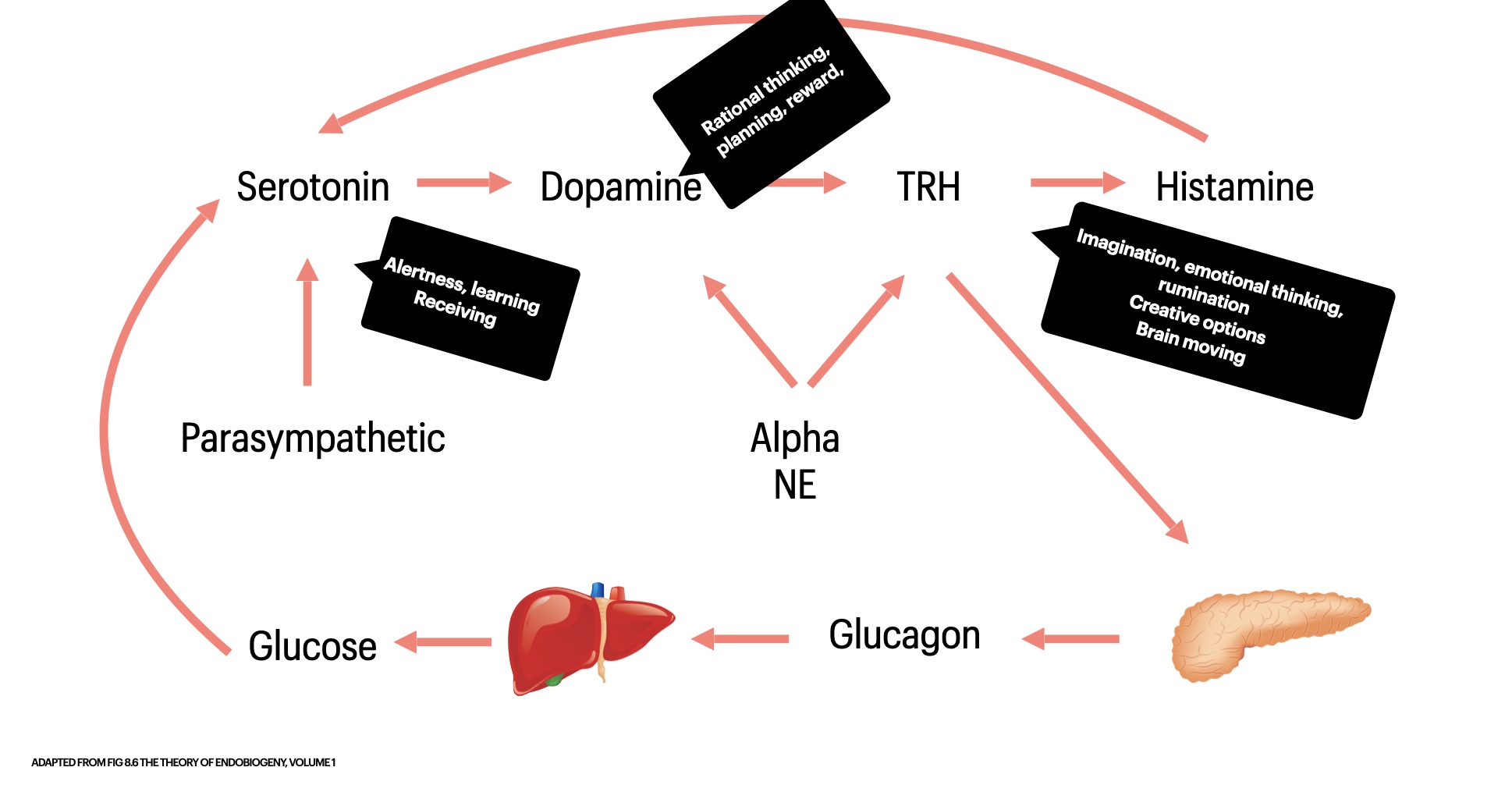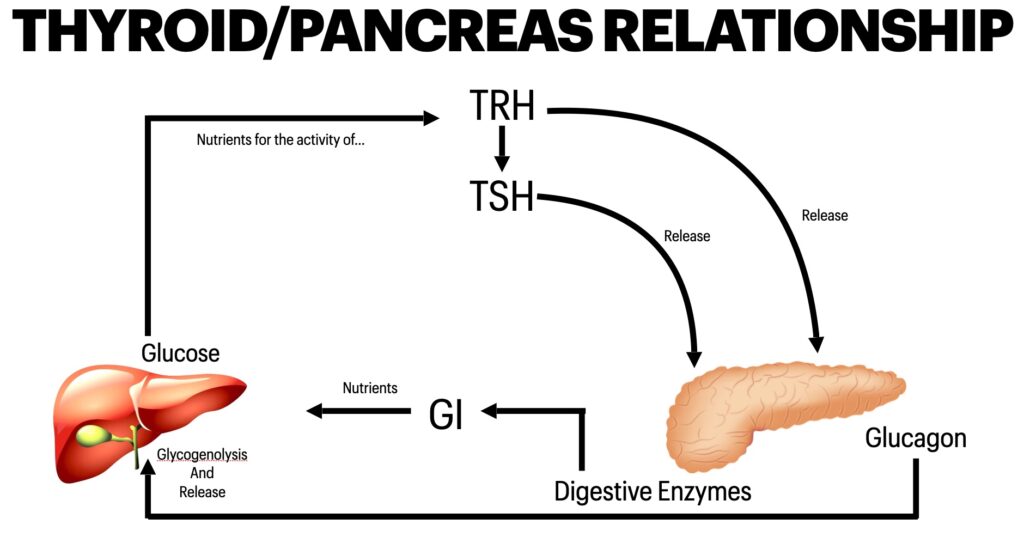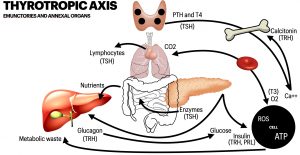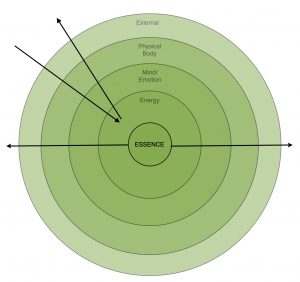Metabolizing Grief: A Physiologic Theory of Emotional Digestion
AMY CHADWICK, ND
Every one of us must undertake an apprenticeship with sorrow. We must learn the art and craft of grief, discover the profound way it ripens and deepens us. While grief is an intense emotion, it is also a skill we develop through a prolonged walk with loss. Facing grief is hard work … It takes outrageous courage to face outrageous loss. (Francis Weller)1
Grief, experienced by every human, repeatedly and often compounded, must be metabolized. Involving every layer of our being, grief offers a powerful invitation to courageously embody and remember our most essential self and oneness with all of life.
Francis Weller, in his profound book, The Wild Edge of Sorrow, describes 5 gateways to grief1:
- Grief for what has been loved and lost. While this is a gate most recognized as we lose loved ones, animals, experiences, and dreams, this grief still often goes unmetabolized.
- Grief for the places within ourselves that have not known love. Places that have not felt our own love are often shrouded in shame. Grief for these lost places arises and is metabolized when we no longer banish any part of ourselves.
- Grief for the sorrows of the world. Environmental demise, socioeconomic disparity, inequity, and systems that oppress bring incredible grief, often cumulative and overwhelming.
- Grief for what we expected and did not receive. In the diminished experience of who we truly are, there is sorrow and grief in forgetting that we are infinite – love embodied. Believing we are separate from Life essence/Pure consciousness is a great sorrow.
- Ancestral grief. There is so much in this gate to unpack as we appreciate the reckoning before us of generational trauma.
Grief, as a thread in the fabric of life, asks to be metabolized at the cellular level. Emotional digestion occurs in every moment, without our conscious involvement or pathologizing of the process. Happiness, delight, and joy are examples of emotions that metabolize instantaneously, nourishing our energy bodies without residue. The more difficult emotions invite awareness of our connection with all of life. They provide an opportunity to practice presence with all that is, bringing us closer to a state of oneness. They facilitate a profound spiritual practice, if we so choose. The digestion of grief is key to mental, emotional, and physical thriving.
The Neuroendocrine Dance
My walk with grief, and the stories and journeys of my patients, inspire this theory. Built on the integration of various schools of “systems thinking” and physiology, such as Endobiogenic medicine, Ayurvedic principles, Biotherapeutic Drainage, and more, this integrative theory for how grief is metabolized gives us insight into the mental and physical repercussions of undigested emotion and an invitation to witness emotional digestion as a foundational key to healing imbalance at all layers of being.
Endobiogenic medicine recognizes the neuroendocrine system as the manager of terrain. Through this lens, the physiologic dance between experience, thought, emotion, and physical expression is given structure. With any aggression – whether real, imagined, physical, mental, or emotional – norepinephrine (NE) is released within the central nervous system (CNS) and calibrates the intensity of the endocrine response to adapt appropriately to the aggression. NE signals the degree of intensity to the mind and body. Depending on individual genetics, physiology, past experiences, buffering capacity, and overall ability to manage adaptation efficiently, NE activity may be exaggerated and prolonged. NE solicits the hypothalamus, specifically corticotropin-releasing hormone (CRH) and thyrotropin-releasing hormone (TRH) (Figure 1).
Figure 1. NE-TRH Relationship

CRH initiates corticotropic (adrenal) activity, managing adaptation through nutrient mobilization and calibration of subsequent endocrine axes. TRH and dopamine work centrally within the mind, and then in the body. TRH, as a neurohormone, increases the metabolic activity of neurons throughout the brain, supporting expansive thinking and creative solutions to novel stimuli. TRH, with histamine, synapses within the limbic system, giving emotional context to experiences. To supply the energy for increased central metabolic activity, TRH solicits peripheral activity to meet its own nutritional demands. TRH favors pancreatic release of glucagon, initiating glycogenolysis within the liver, which raises blood glucose for brain consumption. TRH also stimulates thyroid-stimulating hormone (TSH), the hormone of ideation. (Figure 2). Receptors for TSH on the exocrine pancreas favor increased digestive enzyme production and release to increase nutrient assimilation from the gut and support proteolysis after the adaptive demand has been met. TSH and increased peripheral thyroid activity favor increased cellular oxygen intake and utilization, increased calcium-driven enzymatic activity, and increased ATP production through mitochondrial oxidative phosphorylation.
Figure 2. Thyroid-Pancreas Relationship

The waste materials produced are removed through circulation and emunctory function: CO2 exhalation via the lungs, proteinaceous and lipid soluble wastes via the liver, and water-soluble wastes via the kidney (Figure 3). The heart and cardiovascular system are key in circulating materials throughout the body.2,3
Figure 3. Thyrotropic-Emunctories Relationship

Clinical Consequences of Undigested Grief
Dysfunction in the normal physiology patterns can arise when there is: a persistent or exaggerated aggression, real or imagined; the buffering capacity is overwhelmed; toxicity accumulates; and/or dysendocrinism develops in order to conserve resources and maintain the least number of elements of adaptation in active response. Undigested or overwhelming emotions initiate a prolonged sense of aggression. Clinically, the most common areas where I see disease form with undigested grief is in thyroid activity, both centrally (anxiety, depression, insomnia, rumination) and peripherally (hypo- and hyperthyroidism), and in the emunctories and supporting organs (liver, kidney, lungs, and pancreas). Increased cellular inflammation and necrosis occur, most often associated with the thyrotropic axis due to the neuroendocrine pathways described in Figure 3.
The skillful digestion of grief profoundly reminds us of our true essence and nourishes the expression of that essence with authenticity and grace. Knowledge of self and living in alignment with our true nature is key to healing and thriving. Undigested grief, stored in the body and the mind, feeds our false stories of separation, favoring a repeated sense of aggression and accumulated residue. There is a constriction of the pericardium, the protective energy around the heart, a guard against the hurt we don’t want to experience again. There is a congestion of the lungs, even fibrosis, as the stories of unprocessed grief continue to arise within the locus coeruleus, solicit NE and TRH, and stimulate inefficient cellular metabolism. There is increased CNS glucose demand, increased insulin production to resolve hyperglycemia, increased cellular oxidation, and free radical production beyond the protective cellular needs. Excess waste material due to increased metabolic activity places greater demand on the lungs, liver, and kidneys. There is greater demand on the pancreas for glycogen, insulin, and pancreatic enzyme production and release. Overthinking and worry, with excess TRH activity, favors pancreatic congestion. Congestion in any organ over time will reduce circulation, oxygenation, efficient removal of waste material, and efficiency of action, eventually resulting in dysfunction and disease. Disease may occur in the emunctory organ directly or in areas of the body associated with or affected by its lack of efficiency.
Humans must constantly adapt. Meeting the needs of the physical body, mental/emotional body, and energy body builds resilience and greater bandwidth for adaptation. Through the digestion and assimilation of nutrients, clean water, rest, and healthy movement, the needs of the physical body are met and strengthened. Through emotional digestion, the emotional and energy body are nourished. Building resiliency and clearing debris from each layer allows for a less encumbered expression of our essence through our entire being. When there is an unmet need or accumulated toxicity in any layer, there is an encumbrance of flow and an acute and palpable affect on surrounding layers.
Routes to Healing
Fundamental healing is a remembrance of Essence, a remembrance of Oneness with all of life. And, being in human form gives us the opportunity through body, mind/emotion, and energy layers to tangibly meet our needs and connect with and express pure consciousness in our unique forms and with our unique gifts (Figure 4).
Figure 4. The Layered Self

The throat is one of the channels for the individual expression of the universal essence and our emotional nuance. This is not the path of mind to mouth, one often fraught with imagination and stories. It is the path of energy and emotion imbued with our essence. Emotions are energy in motion. The movement of sound, song, sigh, and cry, that comes from our cellular experience and processing of emotions, allows for their circulation and release from the heart and lungs through the throat – a key element of emotional digestion.
With an understanding of the physiology of emotional metabolism, a physical and metaphysical window opens to disease formation and resolution. A layered approach and an awareness of the neuroendocrine pathways managing adaptation, assimilation, and transmutation of emotional experiences are powerful tools for offering our patients and ourselves agency and pathways for healing. Giving voice to the grief, acknowledging its presence, and honoring the way it impacts and is processed through our whole being is the first step toward healing; the light of loving attention is one of the most powerful healers.
Healing touch, energy, sound, light, color, music, breath work, and movement – as tools for bringing the enzymes of loving attention to the structure of grief – allow for its assimilation and transformation. Storytelling, painting, writing, community ritual, fire ceremonies, and group grief work are powerful tools for attention and digestion.
Botanical Helpers
Plants are powerful guides and support for each layer of our being, bringing healing and harmony and pointing us toward pure consciousness. A few of the plant helpers I have had the privilege to get to know on my own journey include the following:
Passiflora incarnata: Passionflower lowers alpha sympathetic (NE) activity, pacifying an exaggerated perception of aggressions and the transmission of that exaggerated signal to the adrenals and TRH. Passionflower invites heart-open presence with all that is. It is beauty embodied, reminding us to stay open to life and to hold the space for emotional digestion and radiant expression.
Cornus sanguinea bud: In its phytoembryotherapy preparation, dogwood helps soften the stories recycled by the locus coeruleus – stories of trauma and fear that were often stored away because there was insufficient capacity to digest them when first experienced. With less intensity coloring the story, there is less NE overstimulation, less perception of an emergency. Dogwood also has a tropism for the heart and circulatory system, improving blood fluidity, offering solace in heartbreak, acute infarction, and angina. Dogwood lowers the excess TSH activity (often evident with a quickly suppressed and low serum TSH) that favors necrosis, free radical formation, and inflammation. Dogwood supports the mental/emotional processing of trauma while also reducing the downstream physical harm.
Leonurus cardiaca: Motherwort dances where TRH meets the heart. The domain of motherwort is where the mind continues to mull and spin, anxious, busy without clear answer or action, and the heart rhythm becomes chaotic.
Melissa officinalis: Lemon balm invites a clear and calm mind while also supporting circulation to the digestive tract, reducing nausea, and calming excess stimulation of the adrenals and the thyroid. When the CNS is in a particular state of calm or resonance, memories are more easily accessed. Accessing these memories, in a safe space, is the first step of awareness and then metabolization of the grief.
Viburnum lantana bud: Also in phytoembryotherapy preparation, Lithy tree bud is supportive when grief and excess TRH, TSH, and peripheral thyroid activity have congested the lungs. Viburnum allows for the inspiration of life and the release of all that is no longer needed – a long, deep sigh.
Flower and gem essences are also powerful allies in our grief work. Many texts provide descriptions of essences and their effects. Also, exploring ways to communicate with the essences and listen for which ones “want” to work with a particular patient at a particular time can be a beautiful intuitive practice.
Conclusion
Each of our tool boxes for grief support will be individual, hopefully given nuance and precision by a physiologic model and voice to the metabolization of grief. Involving our patients in the awareness, physiological understanding, and choice of tools is also powerful medicine. Working with grief does take courage. And yet, the rewards are great!
Grief dares us to love once more. (Terry Tempest Williams)5
References:
- Weller F. The Wild Edge of Sorrow: Rituals of Renewal and the Sacred Work of Grief. Berkeley, CA: North Atlantic Books; 2015.
- Hedayat KM, Lapraz JC. The Theory of Endobiogeny. Volume 1: Global Systems Thinking and Biological Modeling for Clinical Medicine. San Diego, CA: Elsevier Press; 2019: 105-121, 149, 151-156.
- Hedayat KM, Lapraz JC. The Theory of Endobiogeny. Volume 2: Foundational Concepts for Treatment of Common Clinical Conditions. San Diego, CA: Elsevier Press; 2019: 145-153.
- Wallis CD. Tantra Illuminated. The Woodlands, TX: Anusara Press; 2012: 93.
- High Country News. Terry Tempest Williams and the refuge of change. November 14, 2016. Available at: https://www.hcn.org/issues/48.19/the-long-view. Accessed April 11, 2021.

Amy Chadwick, ND is a licensed naturopathic doctor serving patients of all ages and stages of life. Dr Chadwick specializes in systems biology and integrative physiology, and she teaches and writes on a diverse range of topics. Her practice is in Carlsbad, CA. Visit her at: www.facebook.com/amychadwicknd










